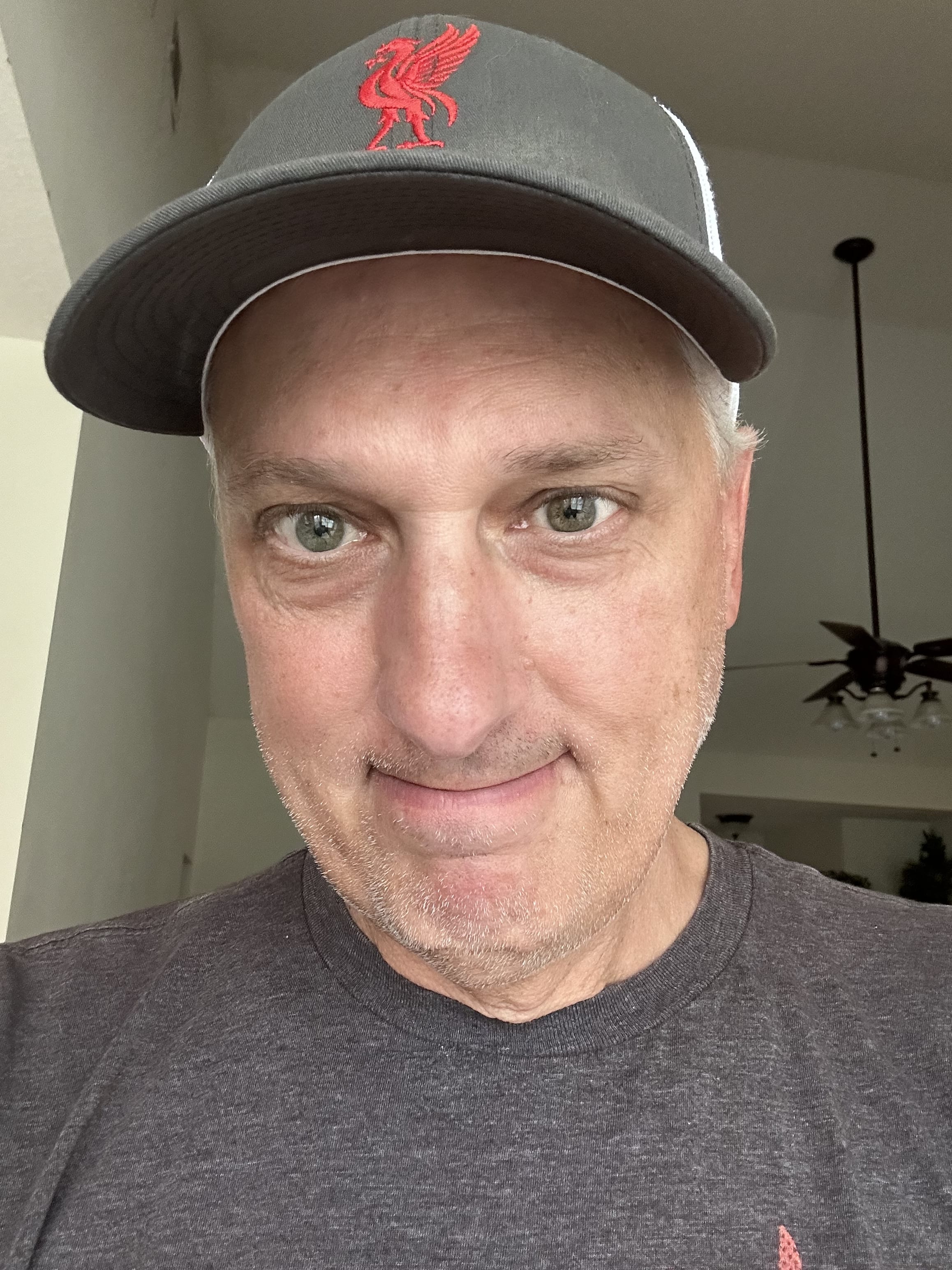AUBURN | On a sunny, pleasant Friday afternoon the statues of three Auburn legends were unveiled in the shadow of Jordan-Hare Stadium.
The statues of Cliff Hare, Shug Jordan and Pat Dye were dedicated at the southwest corner of Jordan-Hare the day before the Tigers host No. 2 Georgia.
A member of Auburn’s first football team in 1892, Hare served as dean of Auburn's chemistry department, and as the first president of the Southern Athletic Conference, the precursor to the SEC.
In 1949, Auburn renamed its then 10-year-old football venue Cliff Hare Stadium.
Former Auburn AD David Housel and his grandson, Cliff Hare, spoke before unveiling the Hare statue. Housel recalled a time when he asked Jordan about Hare when in 1973 upon stadium being renamed Jordan-Hare .
"Cliff Hare had as much influence on my life at Auburn and as a young coach and as a man as anybody I've ever known here at Auburn," Jordan told Housel.
A three-sport athlete at Auburn, Jordan coached the Tigers from 1951-75, amassing a program-record 176 victories and leading Auburn to the school’s first national championship in 1957.
Former Auburn player Terry Henley and Ralph Jordan Jr., dedicated Shug's statue. Henley recalled a speech Jordan gave before a game at Georgia in 1971.
"He looks at all of us and he says, 'Yea, though I walk through the valley of the shadow of death. I shall fear no evil because I'm the meaning son of a gun alive.' He said, 'When we come out of that dressing room tomorrow, we're going to be the meanest people they've ever seen.'
"Coach (Vince) Dooley, I'm sorry, we won that game 35-20 and Pat Sullivan that day won the Heisman Trophy."''
Dooley, an Auburn graduate and former Georgia coach, and Gene Stalling, a former Alabama coach, both attended the ceremony.
Dye, a two-time All-American at the University of Georgia and the SEC Lineman of the Year in 1960, coached the Tigers from 1981-92, winning 99 games and four Southeastern Conference championships.
As director of athletics, he oversaw the expansion of Jordan-Hare and brought the Iron Bowl to Auburn’s campus in 1989. Dye was inducted into the College Football Hall of Fame in 2005, the same year Auburn named its playing surface “Pat Dye Field” in his honor.
For Dye's unveiling, both former running back Bo Jackson and his son, Pat Dye Jr., spoke.
"I'm not afraid to say that I love another man because he taught me, not only the things that you all see me do out on the field or any of my other teammates ... but he taught us how to be respectable adults," said Jackson. "If we didn't play by his rules, we weren't on that team. That's just the bottom line.
"When somebody speaks the word character, that man Coach Dye, is the person that I think about most. He is the person that I emulate."
